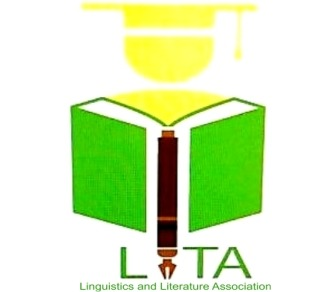Full English or Code-Switching: Students’ Perceptions on Online Classroom Language
Abstract
Online learning has become one of the ways to deal with the COVID-19 problem. Regulation to socialize the social distancing movement forces many fields, including education, to adapt to face this problem. As a result, face-to-face learning turns into online learning. In online learning, a lecturer can maximize the use of language as a teaching medium as is done in face-to-face learning. Specifically, in English Language Teaching (ELT), there is a possibility to use both Indonesia (L1) and full English language (L2) to explain the lessons. This phenomenon is called code-switching. Therefore, this study investigated udents’ perceptions of their lecturers’ code-switching and to find out the types of code-switching applied by the lecturers in the online classroom at English Language Education Study Program, Faculty of Teacher Training and Education, Universitas Lambung Mangkurat. This research is a descriptive qualitative study using classroom observation, questionnaires, and interviews of the participants. The result of the research showed that 86% of students agree that lecturers should use code-switching (CS) in the teaching-learning process, while 14% disagree about code-switching uses. Meanwhile for types of code-switching, the results showed that the types of code-switching used by the lecturer are (4%) tag CS, (45%) inter-sentential CS, (45% ) intra-sentential CS, (0%) situational CS, and (6%) metaphorical CS.


